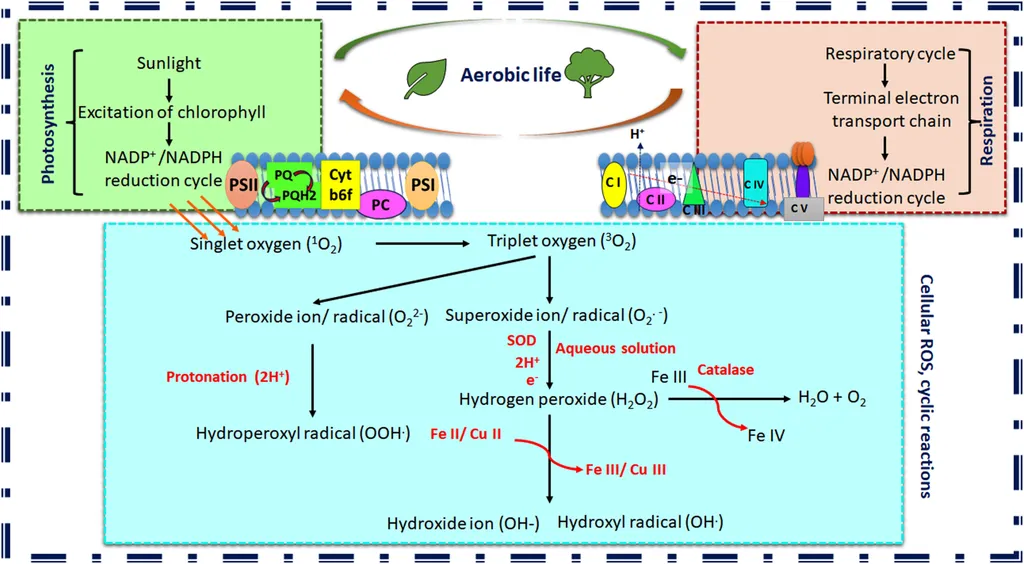In the heart of China, researchers at the Hubei Key Laboratory of Waterlogging Disaster and Agricultural Use of Wetland, led by Dr. Ting Huang, have uncovered significant insights into the roles of specific light-harvesting chlorophyll a/b binding proteins (Lhcs) in Vicia faba, commonly known as the faba bean. This study, published in the journal *Plant Stress* (translated as “植物应激” in Chinese), not only sheds light on the plant’s photosynthetic processes but also reveals the proteins’ crucial roles in stress tolerance, with potential implications for the energy sector.
The research team conducted a comprehensive analysis of 23 VfLhcs, grouping them into three subfamilies through phylogenetic analysis. They discovered that the promoter regions of these genes were enriched with cis-elements responsive to light, plant hormones, abiotic stress, and plant growth and development. This finding suggests that VfLhcs play a multifaceted role in plant physiology.
Dr. Huang and her team found that VfLhcs were highly expressed in chlorophyll-containing tissues and exhibited stress-specific regulation. For instance, drought stress induced a significant upregulation in roots, while salt stress and darkness reduced expression dramatically. “This stress-specific regulation indicates that VfLhcs are finely tuned to respond to different environmental challenges,” explained Dr. Huang.
The study also revealed that overexpressing certain VfLhcs, such as VfLhcb1.5, VfLhcb3.3, and VfLhcb4, increased chlorophyll content and enhanced the net photosynthetic rate. This enhancement in photosynthesis could have profound implications for the energy sector, particularly in the development of bioenergy crops. “Improving photosynthesis efficiency is a key goal in bioenergy research,” said Dr. Huang. “Our findings could contribute to the development of more productive and resilient energy crops.”
However, the research also uncovered a paradoxical finding. While VfLhcb1.5, VfLhcb4, and VfLhca4 promoted significant over-accumulation of reactive oxygen species (ROS) under various stress conditions, improving tolerance to abiotic stresses, this enhanced response also facilitated infection by the pathogen Phytophthora infestans. This suggests that these genes may act as susceptibility factors under biotic stress.
The study’s findings highlight the complex interplay between abiotic and biotic stress responses in plants. “Understanding these mechanisms is crucial for developing crops that are not only resilient to environmental stresses but also resistant to pathogens,” Dr. Huang noted.
This research provides a foundation for further exploration of the functional mechanisms of VfLhcs. The insights gained could pave the way for the development of more efficient and resilient bioenergy crops, contributing to a sustainable energy future. As the world grapples with the challenges of climate change and energy security, such advancements in agritech are more critical than ever.

